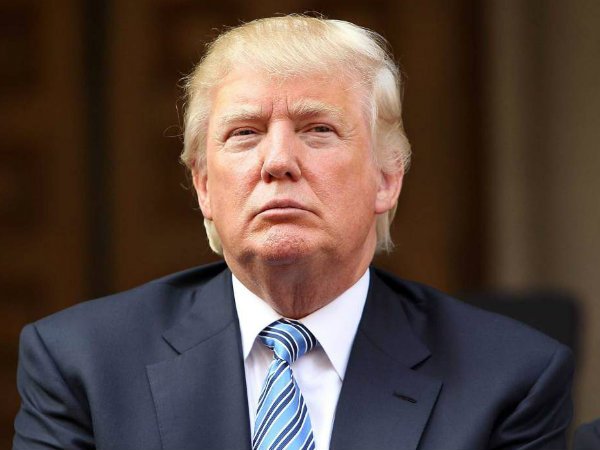Indian Exports To The US To Face Tough Competition On 'Developed Economy' Status
Earlier this week, the United States Trade Representative (USTR) office classified India as a 'developed economy,' making it ineligible to receive benefits given by Washington to developing countries. It also diminishes all chances for India to reclaim the benefits under the Generalized System of Preferences (GSP) scheme, which were suspended in June, last year.

The Trump administration has changed a key exemption in its policy that will allow it to penalize about a dozen countries including China, India and South Africa.
The US has rearranged its internal list of developing and least-developed countries to reduce the threshold that allows it to investigate on whether these nations have been harming the American industries with their unfairly subsidized exports, the USTR's notice said.
Special preference have been eliminated for Albania, Argentina, Armenia, Brazil, Bulgaria, China, Colombia, Costa Rica, Georgia, Hong Kong, India, Indonesia, Kazakhstan, the Kyrgyz Republic, Malaysia, Moldova, Montenegro, North Macedonia, Romania, Singapore, South Africa, South Korea, Thailand, Ukraine and Vietnam.
USTR said its decision to revise its developing country methodology for countervailing duty investigations was necessary as the US' previous guidance, dating back to 1998, "is now obsolete."
As per the criteria of a developing country having less than 0.5 percent share of global trade, government estimates show that India has crossed a long time ago with a 2.1 percent for exports and 2.6 percent for imports, as of 2017.
The USTR has also argued countries like India, along with Argentina, Brazil, Indonesia, and South Africa, are a part of the G20 bloc and can be classified as being developed despite having a per capita GNI below $12,375.
While the GSP issue has continued to be a part of talks between India and the US, Commerce Minister Piyush Goyal had said that the country did not need development assistance like GSP and become competitive on its own. In 2018-19, goods worth $6.35 billion were covered under GSP, which is a small portion of the $51.4 billion worth of Indian exports made to the US.
However, India was the largest beneficiary under the GSP according to USTR data, with tariff exemptions amounting to $260 million in 2018.
Traders say that Indian exports face pressure from low-cost rivals and exporters are finding it hard to absorb losses on products having GSP benefits of 3 percent or more. Exports from sectors such as jewellery, leather, pharmaceuticals, chemicals and agricultural products are facing higher costs and competition, the Federation of Indian Export Organisations said.
The WTO rules require giving special preferences to developing countries to reduce poverty, generate employment and include them into the global trading system. India has maintained that benefits from GSP are "unilateral and non-reciprocal in nature" to developing countries and not for advancing US' trade interests and non-discriminatory benefits.































